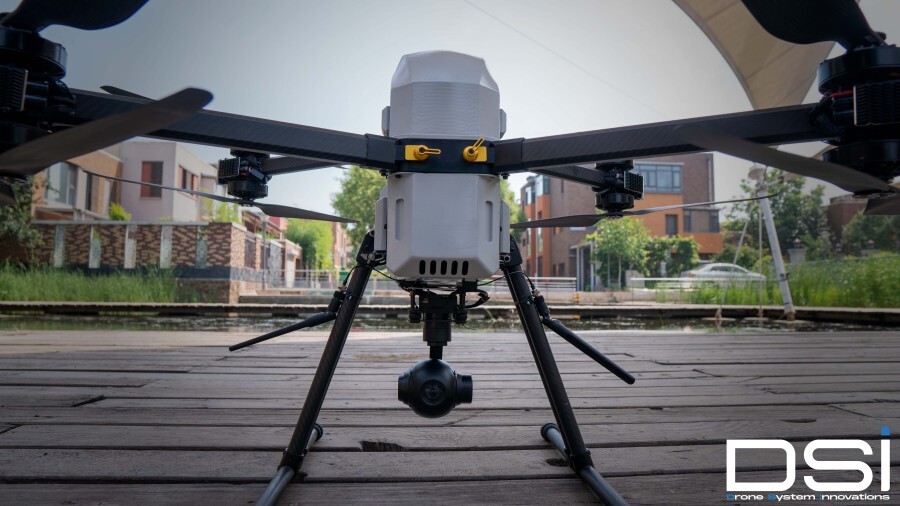Drone User Basics

What Are Unmanned Aerial Vehicles (UAVs)?
What Are Unmanned Aerial Vehicles (UAVs)?
Unmanned aerial vehicles are flying robots that are capable of delivering cargo. They are similar in design to conventional aircraft but are unmanned. Their physical structures are similar to those of manned aircraft, with the exception of the cockpit and life support systems. Some UAVs are lighter than a human and can carry payloads that are smaller than a car. Unlike human-piloted aircraft, UAVs are not capable of carrying a weapon.
Unlike traditional airplanes, UAVs can be flown without the presence of a human pilot. The basic components of these aircraft systems are an aircraft component, sensor payloads, and a ground control station. These systems can be operated using onboard equipment or from a ground station. They are also known as RPVs (Remote Piloted Vehicles). Currently, the only American manufacturers are small-scale and lack the scale, customer base, and technological prowess to compete with their foreign counterparts.
However, UAVs are capable of doing much more than simply capturing pictures. They can also perform surveying tasks and produce point-clouds that can be used to create 4D models. In addition to mapping, they can be used for surface modeling and volume calculations. They can also help with time-progression in large developments and construction sites. They're becoming more common. They'll be a crucial part of a country's military strategy.
Today, UAVs are used in many civilian applications. For example, a UAV may be useful during a disaster. It can communicate survivor information to ground teams during a search and rescue mission. Meyer (2011) proposed deploying UAVs quickly during disaster scenarios as cellular data relays and a means of coordination. Similarly, Lee and Choi (2012) developed an emergency UAV network that could be deployed to a disaster area to restore communications and communication.
UAVs are used for monitoring public and private property. The technology is being developed to capture images that are not visible to human eye. They can be used in surveillance and in a wide variety of commercial applications. The first commercial use of UAVs is in agriculture. It's the largest UAV market. It has a high price but a wide utility. There are also several uses for UAVs in the military.
Despite the controversies surrounding uavs, the benefits of using this technology are plentiful. It's possible to use a UAV for surveillance. In fact, there are many uses for a UAV. For example, it can be used for surveillance, surveying, and counting traffic. By observing road conditions, it can even assist in enforcing traffic laws. Moreover, it can be used in civil applications as well.
Other uses for UAVs include disaster relief efforts, medical emergencies, and communication. The UAVs can help maintain lines of communication with agencies far away. In a disaster, a quadcopter formation flight can act as a relay chain of line-of-sight communications. In emergency situations, a UAV can be used as a long-distance warning system. This technology is an important development in the field of autonomous aerial vehicles.
0users like this.
